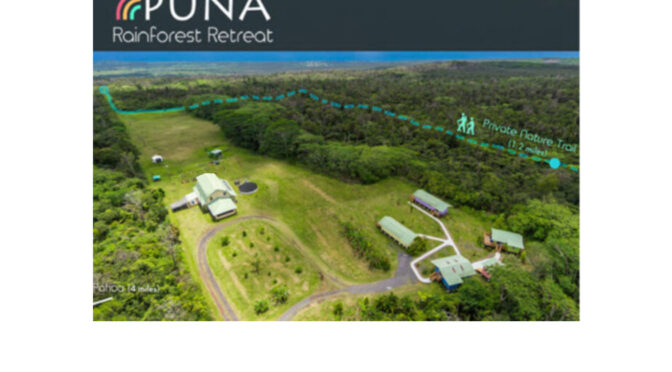My wife and I found a wonderful retreat on the big island of Hawaii, located about 4 miles from Pāhoa. Puna Rainforest is a magical home away from home covered in fruit trees, avocados, lemons, limes, pineapples, and banana trees among others. Steam vents also fill part of the property with warm and cold swimming plunges for guests. These are created by underground lava flows that heat these plunges. Interestingly the vents and the plunges no longer present a threat from nearby volcanoes.
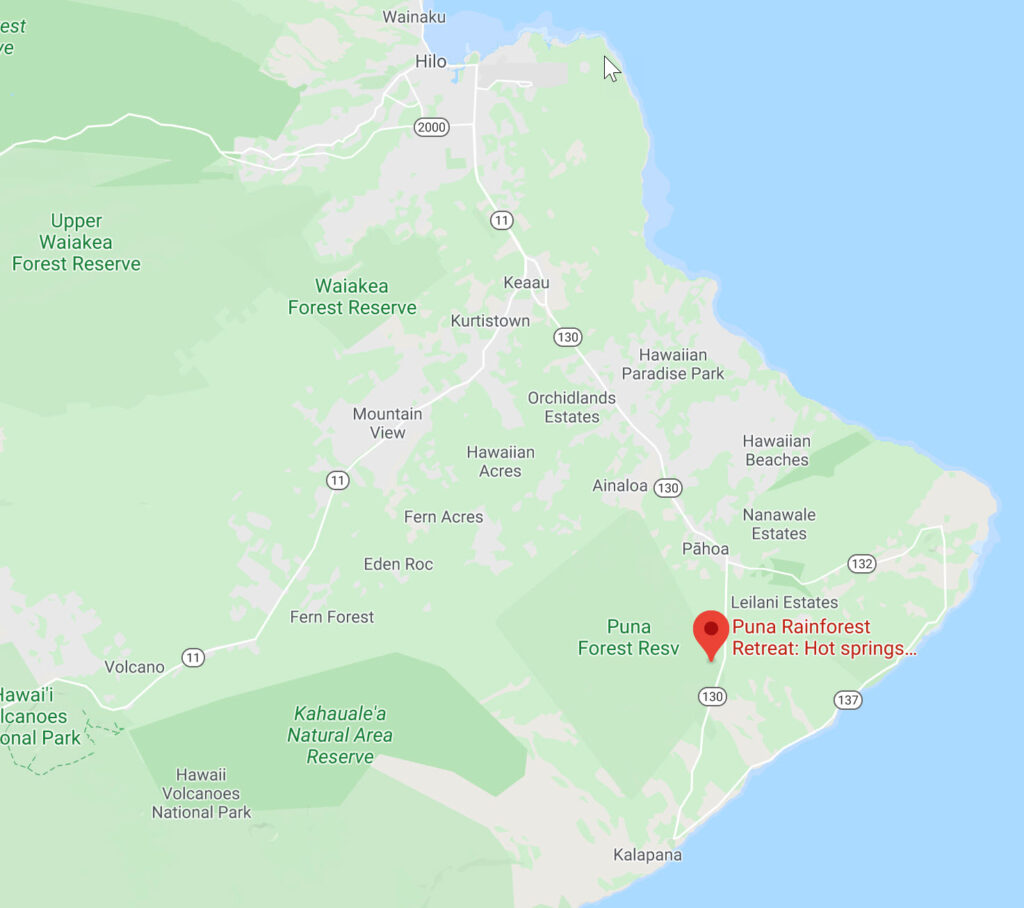
Elijah, an Environmental Engineer and his partner, Jackylynn, a Biologist, jointly own the property. They are constantly creating new projects that further enhance the property and the environment for the animals that live here. For example, the chickens they raise produce eggs but were eating more feed than was feasible or affordable for Elijah and Jackylynn’s own family.
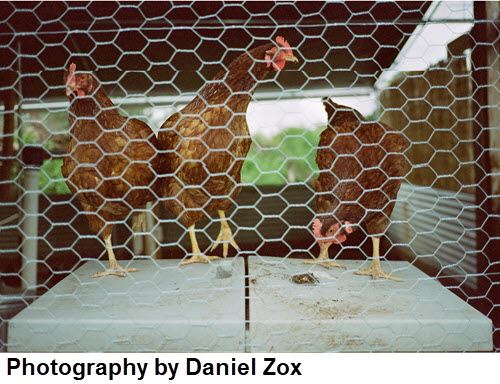
Elijah discovered a sustainable method of managing this problem. They feed the chickens the waste of Black Soldier Fly pupae and are able to avoid buying expensive chicken feed in the process. Elijah tells me the chickens have doubled in size since they began this new feeding method, and he expects to increase the number of chickens he raises as a result.
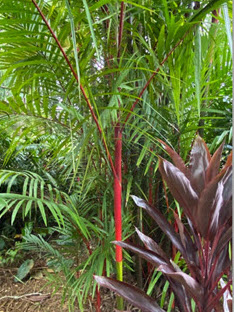
As I learned more about the Puna Rainforest enterprise and how Elijah and Jackylynn operate it, I discovered a philosophy that teaches many enlightened points of view. For instance, they seek to create a situation where people have their own space that connects with nature. Moreover, they seek to make a sustainable, self-containing enterprise that doesn’t wear out. But this is only part of the desired outcome they seek. They also seek to generate sustainable income that gives their guests a traditional connection with the space they occupy and the hunting and fishing they all enjoy.
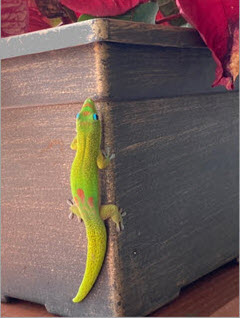
Their overarching goal is to enhance the taste they seek to create while meeting organic farming goals. Appropriate technology, they clearly practice what they preach.
Elijah and Jacklyn seek to design a life that has a “durability of goods”; Let’s make things that last, they tell me. Their question is: How do we do this; that is, how do we avoid throwing things away? Elijah argues that “humans invented garbage.” He prefers not getting bigger; but rather to consume less and get it right the first time. Products should not wear out if we make them the way they should be made. Their approach to water is another example that is illustrative of their “durability model”
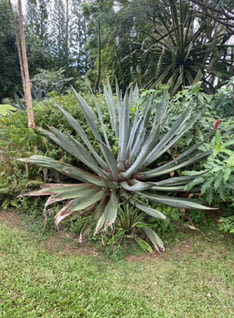
Working with Ferro Cement in Alaska gave the family insight into using and saving water from rainwater that can last an interminable period of time here in Hawaii. The material of Ferro Cement provides a model that continues thriving beyond a “normal lifespan” of a water tank. It adds metal to the cement and helps a water tank last a much longer period of time. A company in Alaska they work with uses Ferro Cement to achieve this in Hawaii. The process lasts longer than virtually any other technology because the ferrofluid moves around and makes incredible geometric shapes that last a longer period of time than would cement under normal situations.
Elijah and Jackylynn have created a new water tank on their property with water from their existing water tank and from rainwater. Their new water tank will continue to draw more rainwater into their Ferro water tank. It will continue to draw water into their Ferro water tank with a much longer life span than the one they have had for the last 6 years. Ferro enables them to convert their “durability model” into a solution that continues to grow over time.
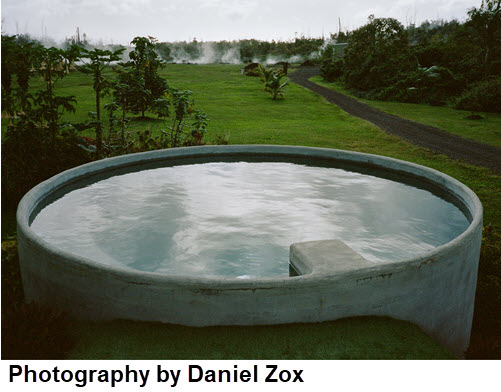
________________________
Here is a recipe we have enjoyed making from the many Avocado trees on their property. It’s especially delicious when the recipe is freshly made from Hawaiian gardens like those among the Puna Rainforest Cottages.
Homemade Hawaii Guacamole Dip
Serves 5
10 avocados, fresh 1 bunch cilantro, dice and remove roots 6 plum tomatoes 1 medium onion, diced with cover removed 2 juicy lemons 1 tbsp small capers 1 habanero diced with seeds and pith removed 2 roasted poblano peppers
Procedures
1- Use all fresh avocados.
2- Cut all avocados in half, remove all the stones and place the flesh of the avocados in a large bowl.
3- Remove the seeds and pulp from all tomatoes and dice.
4- Add diced cilantro.
5- Add the lemon juice from 2 lemons to the avocados.
6- Cut the Habanero in half, remove seeds and pulp. Dice the flesh.
7- Steam 2 roasted poblano peppers in a covered container. Remove the skin, pith and seeds, then dice.
8- Add all diced vegetables to the mixed avocados, including tomatoes, capers, habaneros, roasted poblanos.
9- Wash hands and knives twice.
Serve with Mexican chips for dipping.
Enjoy!

Send questions or your favorite recipes directly to azox@zoxkitchen.com. I look forward to hearing from you. Chef Alan

